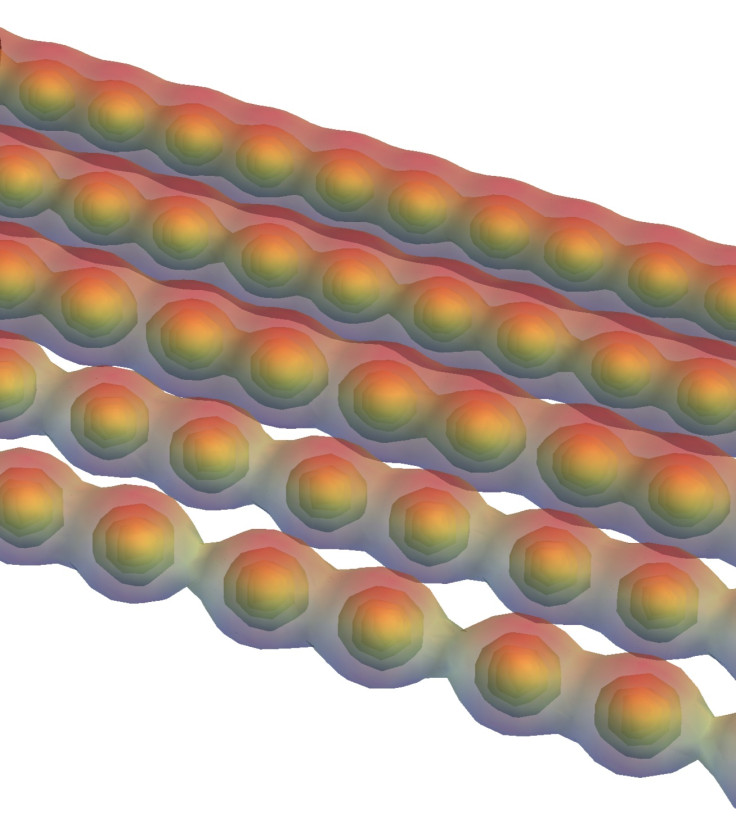A Tiny Stretch Turns World's Strongest Material From Conductor To Insulator

A little stretch is all it takes to turn the world's strongest material from a conductor to an insulator.
But before this property can be translated into nanoscale electronics and optics, there is much work to be done.
Carbyne, which was declared the world's strongest material last year, defies attempts at bulk manufacturing, let alone using it to reinforce weaker materials.
But scientists are not yet giving up on this one-dimensional (1-D) chain of carbon atoms. Rice University researchers have now added yet another feather to the material's hat. They have found that when stretched by just 3% carbyne changes from a conductor to an insulator.
The 1-D carbyne has been found as a thin chain of carbon atoms in highly compressed graphite. There have been a few successful attempts to synthesise it at room temperature in small quantities, but bulk manufacture is still a distant dream.
The new study was done using a computer model. The findings were published in Nano Letters.
The group, led by theoretical physicist Boris Yakobson, have discovered in their computer models that when the carbyne's carbon chains are stretched, it widens the material's band gap and, in effect, changes it from a conductor to an insulator.
The band gap is what determines if a material is a conductor or insulator. The bigger it is, the more likely it is to be an insulator.
The change in carbyne occurs due to how electrons are distributed between the carbon atoms. Each atom has four electrons. When carbyne is in equilibrium, these atoms remain evenly spaced with two bonds between them. But this can never happen as there is always some amount of quantum uncertainty or movement.
This constant vibration of the carbon atoms prevents carbyne from erupting into a state of disorder.
One-dimensional metals are unstable and must become semiconductors or insulators. But there are two opposing forces at work here: one works to open the gap and make the material a semiconductor, while the other seeks to stay stable in the metal state.
The latter state is an example of quantum uncertainty, when atoms are always in motion. The bonds between the atoms are in a state of confusion between two states and so average out their loyalties and stay metallic.
Stretching the chain shifts the balance clearly to one side. This opens the band gap turning it into an insulator.
While it may take more time to synthesise carbyne and provide electronics with a miracle switch, this work will allow scientists to apply tension and check for possible transitions in conducting polymers and other such materials.
© Copyright IBTimes 2025. All rights reserved.





















